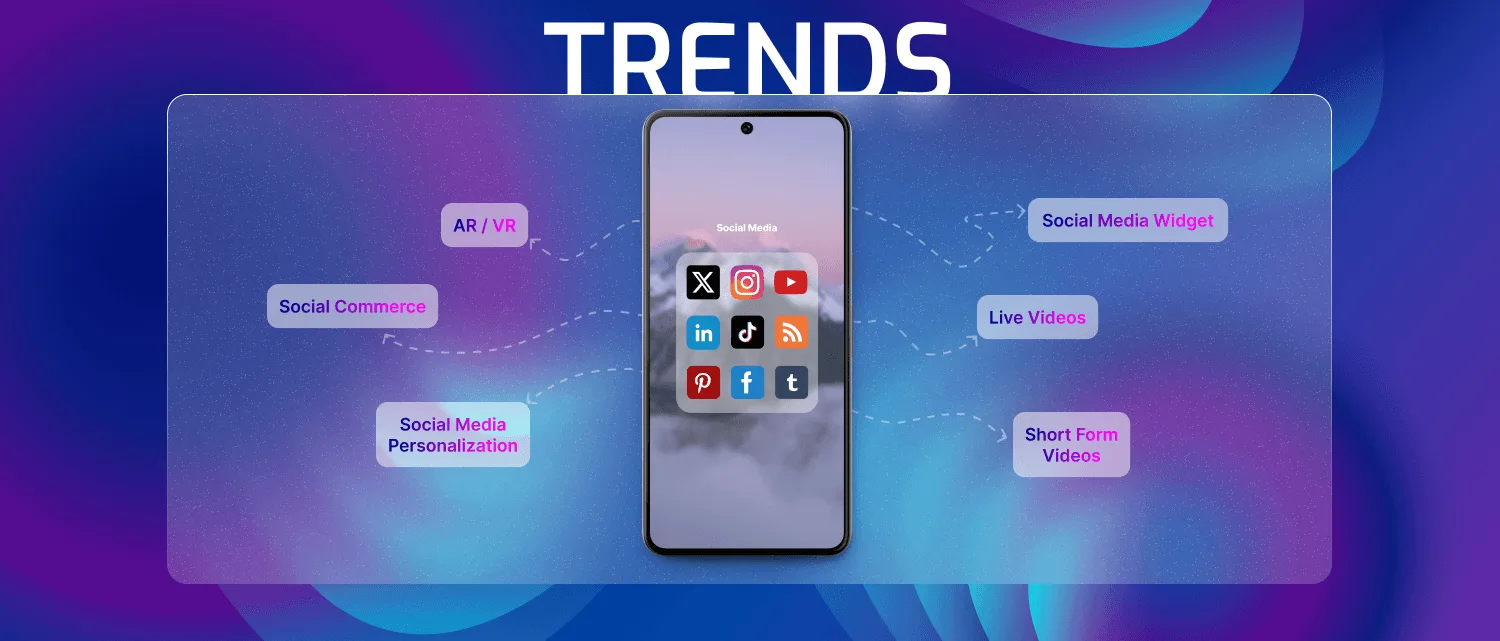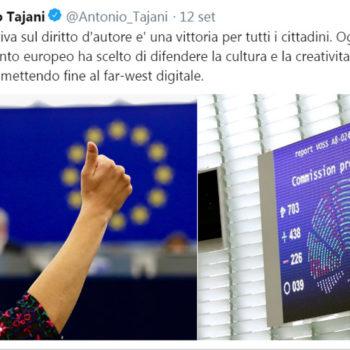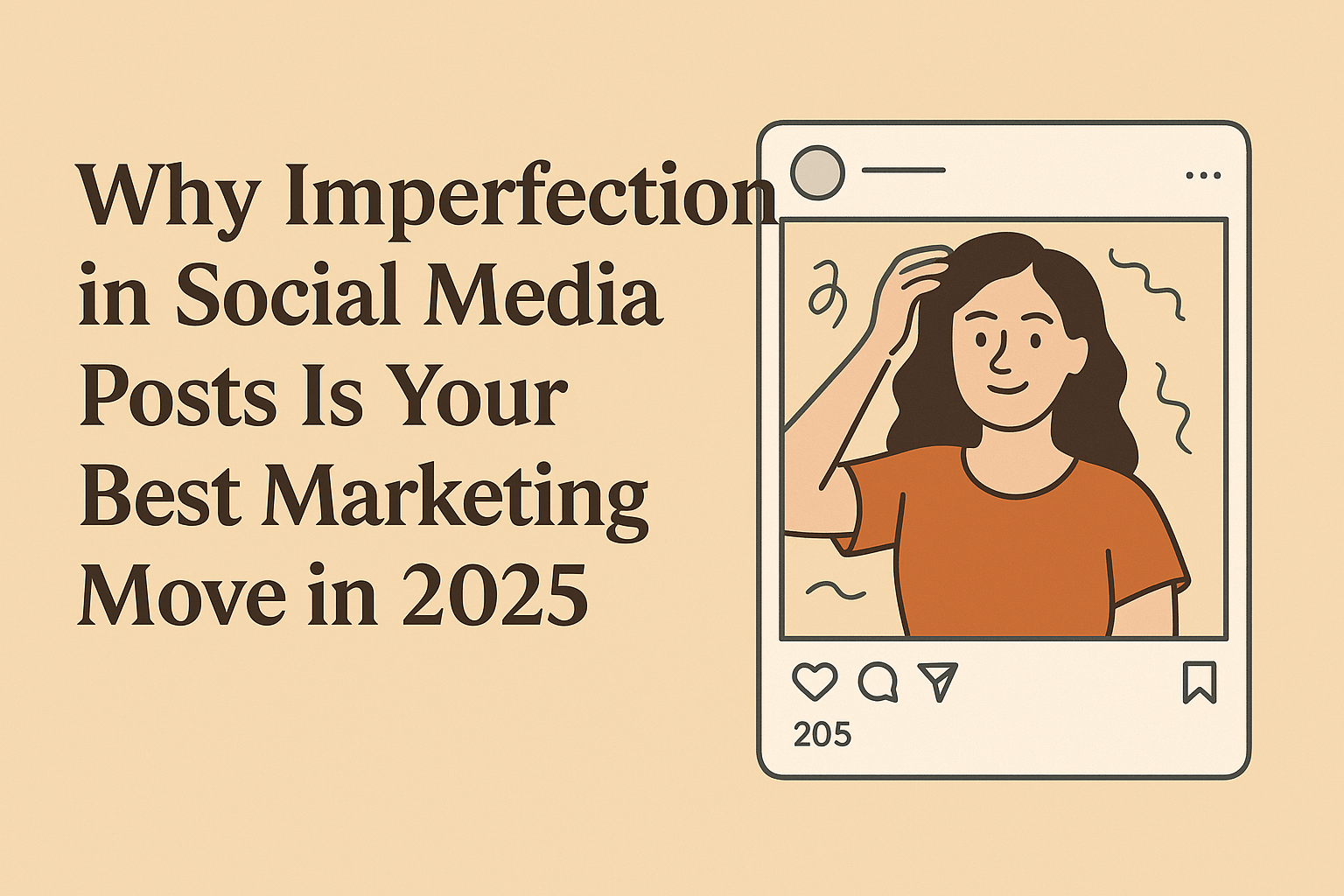How Social Media Marketing Is Evolving: Stay Competitive in 2025 with New Strategies
Social media marketing has always been a dynamic, fast-paced field. However, as we approach 2025, the changes in platform features, algorithms, and audience behaviors are becoming even more pronounced. If you’re a business owner, marketer, or entrepreneur, it’s crucial to stay ahead of the curve to remain competitive. In this article, we’ll explore how social media marketing is evolving and the strategies you need to implement to succeed in 2025.
The Shifting Social Media Landscape
Over the past few years, we’ve witnessed a profound transformation in the way people use social media. Platforms like Instagram, TikTok, LinkedIn, and others have continually evolved to stay relevant and appealing to users. These changes are driven by shifting user behavior, the rise of new technologies, and a more nuanced understanding of content engagement.
1. Instagram’s Focus on Shopping and User Experience
Instagram has gone from a simple photo-sharing app to a robust social commerce platform. With the rise of shoppable posts, Instagram Shopping, and the introduction of AR filters, businesses can now engage customers directly from within the app. As we move into 2025, Instagram will continue to place heavy emphasis on the shopping experience, integrating more seamless e-commerce features, and giving brands the opportunity to interact with consumers in ways that feel more authentic and personal.
2. TikTok’s Dominance and the Power of Short-Form Video
TikTok is no longer just a platform for viral dances and memes—it has become one of the most effective marketing tools available today. By 2025, TikTok’s influence will only increase, with businesses relying on short-form video content as a primary method of communication with their audience. Whether through organic content or paid advertisements, TikTok offers an unparalleled opportunity to reach younger, trend-sensitive demographics. TikTok’s algorithm prioritizes engagement, so marketers must focus on creating highly engaging, shareable content to succeed.
3. LinkedIn’s Emergence as a Hub for Content and Networking
LinkedIn has long been a staple for professional networking, but in recent years, the platform has increasingly become a content hub. With the rise of LinkedIn articles, long-form posts, and thought leadership content, businesses are leveraging the platform to establish authority and connect with other professionals in their industry. By 2025, LinkedIn is expected to be even more focused on personal branding, with users consuming and sharing content related to their professional interests.
Strategies for Adapting to Evolving Algorithms
As social media platforms evolve, so do their algorithms. These algorithms determine how content is distributed and who sees it, which means they play a major role in the success of social media campaigns. While algorithms are often a source of frustration for marketers, staying on top of their changes and adapting your strategies accordingly is key to remaining competitive.
1. Focus on Engagement, Not Just Reach
In 2025, it’s no longer enough to simply get your content in front of as many people as possible. Platforms like Instagram and TikTok prioritize engagement over reach, meaning the more users interact with your content (through likes, shares, comments, or saves), the more likely it is to be shown to others. Brands should focus on creating content that sparks conversations, encourages interactions, and fosters a sense of community. High engagement signals to the algorithm that your content is valuable, increasing its chances of being shown to a wider audience.
2. Embrace Video Content
Video content will continue to dominate in 2025. On platforms like TikTok, Instagram, and LinkedIn, video has become the go-to format for storytelling. But it’s not just about creating high-quality, polished videos—authenticity is key. Users increasingly want content that feels real and relatable. In fact, TikTok’s algorithm rewards “raw” content over highly edited videos. To stay competitive, businesses need to create videos that resonate with their audience emotionally, whether through humor, education, or inspiration.
3. Leverage User-Generated Content (UGC)
User-generated content (UGC) is a powerful way to build trust with your audience while increasing engagement. By 2025, UGC will be even more important as consumers seek authenticity in the brands they follow. Encourage your customers to share their experiences with your products or services, and amplify that content across your social media channels. Not only does UGC increase trust, but it also aligns with the algorithm’s preference for content that feels organic and personal.
4. Prioritize Personalization and Segmentation
With the increasing amount of content flooding users’ feeds, personalizing your approach is more critical than ever. Social platforms are evolving to offer more granular targeting options, allowing businesses to segment their audience based on behaviors, interests, and preferences. By 2025, we can expect even more sophisticated personalization features. Leverage data to create targeted campaigns that speak directly to your audience’s needs and desires. Customizing the experience for different audience segments is a surefire way to improve engagement and conversions.
New Features to Watch in 2025
Each social platform continuously rolls out new features to keep users engaged and businesses excited. Here’s what you should be watching out for as we head into 2025:
1. Instagram’s Advanced Shopping Tools
Instagram’s commerce tools will likely become even more advanced in 2025, enabling users to shop directly from posts, stories, and even live streams. Brands should focus on integrating these features into their strategies to maximize visibility and sales. For example, businesses could host live shopping events where users can purchase products directly as they watch.
2. TikTok’s Evolving Ad Products
TikTok will continue to develop its advertising products, providing businesses with even more options to reach their target audience. In addition to in-feed ads and branded hashtags, TikTok may offer new immersive ad experiences, such as augmented reality (AR) or interactive video ads. To stay competitive, marketers will need to experiment with these new ad formats to find what resonates most with their audience.
3. LinkedIn’s Community-Driven Content
As LinkedIn leans further into content creation, businesses should start exploring new ways to foster communities and create value-driven content. LinkedIn’s Groups, Articles, and InMail features are becoming increasingly important for professional networking. By 2025, these tools could be even more sophisticated, offering businesses the chance to create highly engaged, niche communities that are perfect for lead generation.
Adapting Your Social Media Strategy for 2025
With all of these changes on the horizon, how can businesses stay competitive? Here are some final strategies for adapting your social media marketing to succeed in 2025:
1. Be Agile
The social media landscape is constantly shifting. The most successful brands will be those who are agile enough to quickly pivot their strategy when necessary. Stay informed about platform updates, and always be prepared to experiment with new features and tools.
2. Collaborate with Influencers and Creators
Influencer marketing will continue to thrive in 2025, but the landscape will shift toward micro and nano-influencers who have smaller, more engaged audiences. Partner with creators who align with your brand values and target audience to build trust and drive conversions.
3. Invest in Analytics and Insights
Data is the backbone of any successful social media strategy. In 2025, businesses will need to invest more in analytics tools to track the effectiveness of their campaigns, understand their audience better, and optimize their content for maximum impact. Use data to refine your approach and stay ahead of the competition.
Conclusion
Social media marketing in 2025 will look quite different from today, but the core principles remain the same: engage with your audience, create valuable content, and adapt to the changing landscape. By understanding the latest trends, embracing new platform features, and refining your strategy to align with evolving algorithms, you can stay competitive and thrive in the ever-changing world of social media marketing.
With a focus on video, engagement, and authenticity, businesses can leverage social media platforms to build stronger relationships with their customers and drive long-term success.












